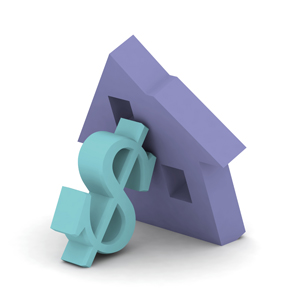Credit card debt, mortgage loan, car payments, tuition…all of these add up to your debt and debt means stress in any economic environment. Like a lot of folks, you probably haven’t defaulted on your debt but it’s hard to keep up on and while there are a lot of plans to pay down cards by paying a little extra each month, it doesn’t move quickly. Paying the minimum payment on those debts doesn’t get you anywhere. It’s time to stop sending the minimum payment to your debts… sort of.
Get the Debt Snowball Rolling

I’ve written before about using a snowball plan for pay-down. You can read one of my favorites here: Debt Avalanche, Correct? If you aren’t familiar with how the debt snowball works, here’s a run-down. Add up all the extra you pay on your debt and apply it to your smallest credit card. Keep paying that extra to the card and your payments are going to start making a big difference faster than you would believe. Once that card is paid off, apply that extra and the payment you regularly made and apply it to the next largest loan or card. Here comes the hard part; as you pay off credit cards, cut them up. You don’t have to cancel immediately, and possibly shouldn’t for credit score reasons, but once your debt to income ratio is more manageable you may want to consider it. The goal is to quit being eaten by small payments and start making big payments.
Stop Paying So Much Interest
Step number two is adding an extra payment per year to your mortgage loans. This shaves 10 years from your mortgage through the elimination of interest. There are two ways to do this. Your mortgage lender probably has some type of offer available that lets you pay every two weeks instead of a monthly mortgage. Because of the various five week months, this effectively creates a 13th payment for the year, but once you commit you might struggle to get back to a monthly payment.
To stay in control of the extra payment you could simply mail an extra payment at some point in the year with bonus money, but a more comfortable way is to take your payment, divide by 12 and add that amount to your monthly payment. It’s a much more painless proposition that still adds up to an extra payment and ultimately gets more money paying toward your principal. Caution: This is only appropriate if you plan to stay in your home or if you have an equity goal in mind. If you are trying to sell your home, this may not be the wisest option.
The same is true of car payments. If after the credit card and personal loan debt is paid, you may be tempted to pay off your car. If you do not plan to buy another and are hoping to be payment free, this will absolutely work as rapidly for a car payment as for credit cards, loans and your mortgage; however, if you are considering a trade-in, keep the extra money you would spend on your car payment and start putting it to work for you in an IRA!

Shane Ede is a business teacher and personal finance blogger. He holds dual Bachelors degrees in education and computer sciences, as well as a Masters Degree in educational technology. Shane is passionate about personal finance, literacy and helping others master their money. When he isn’t enjoying live music, Shane likes spending time with family, barbeque and meteorology.


